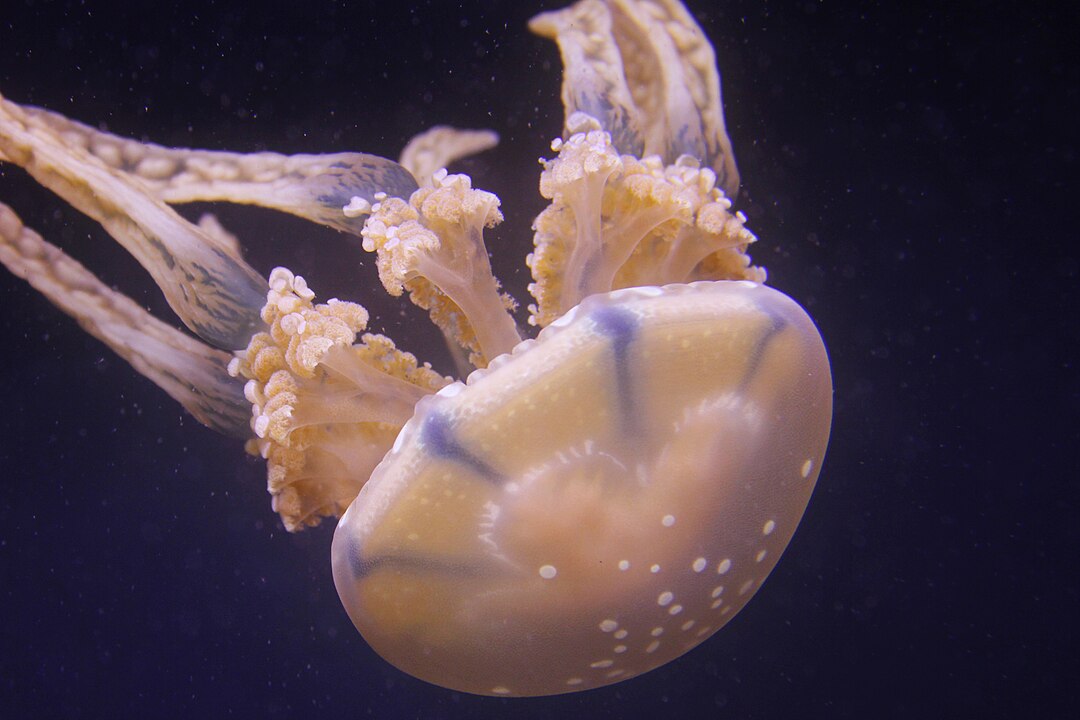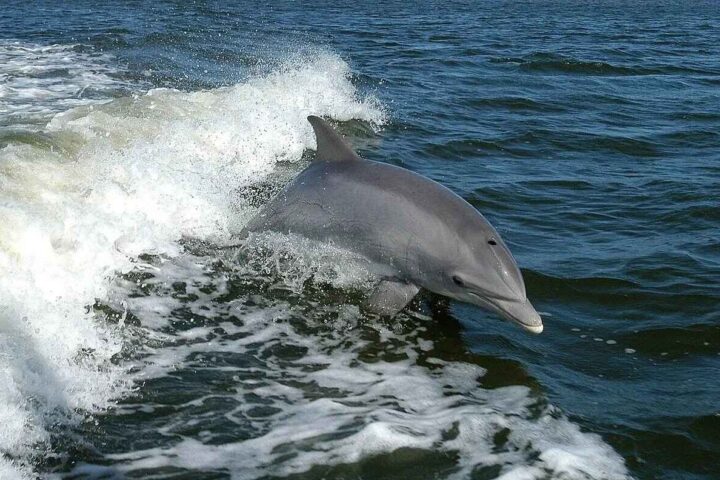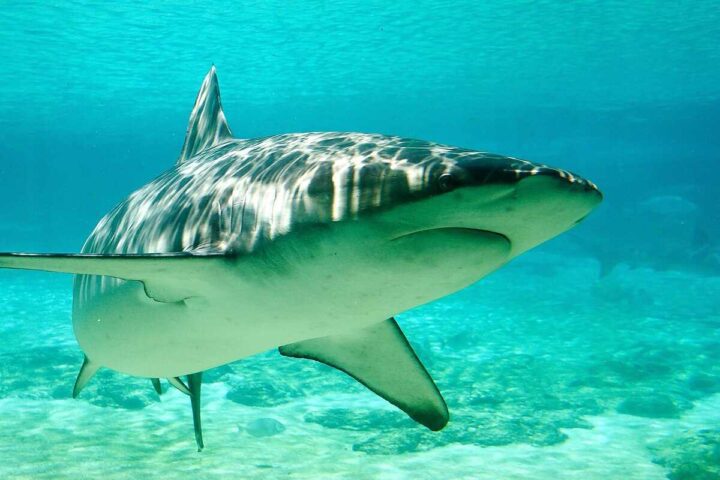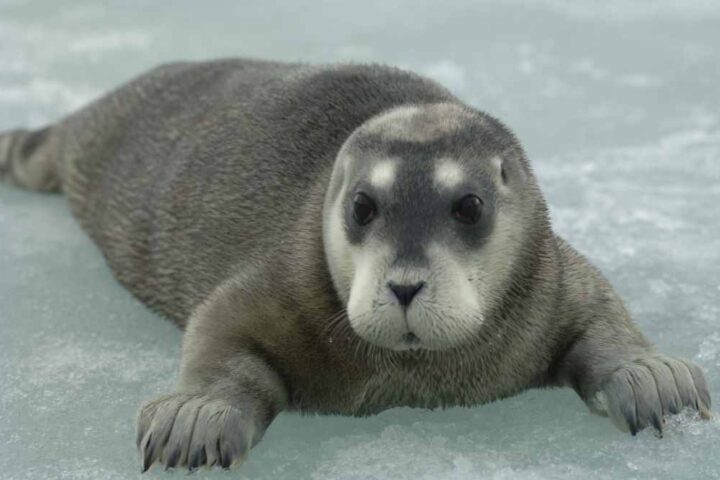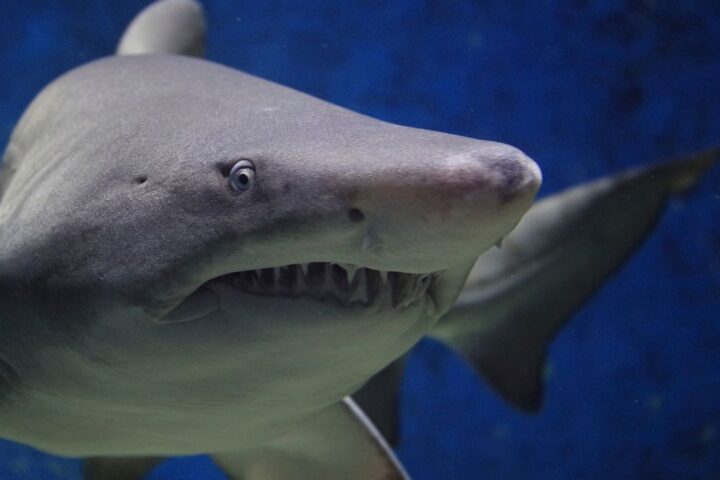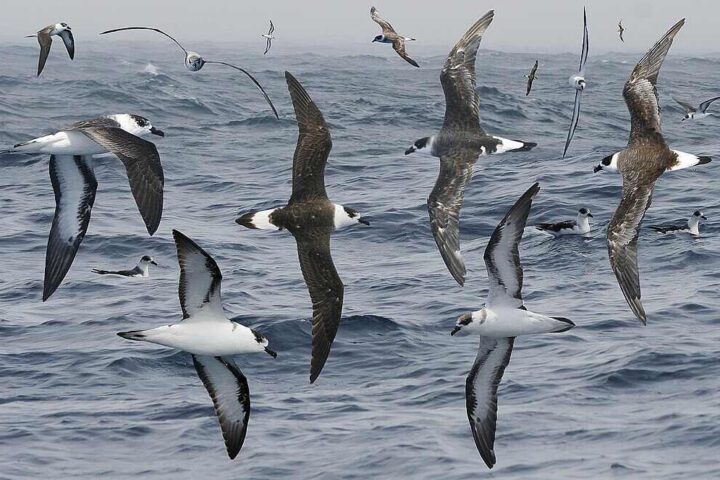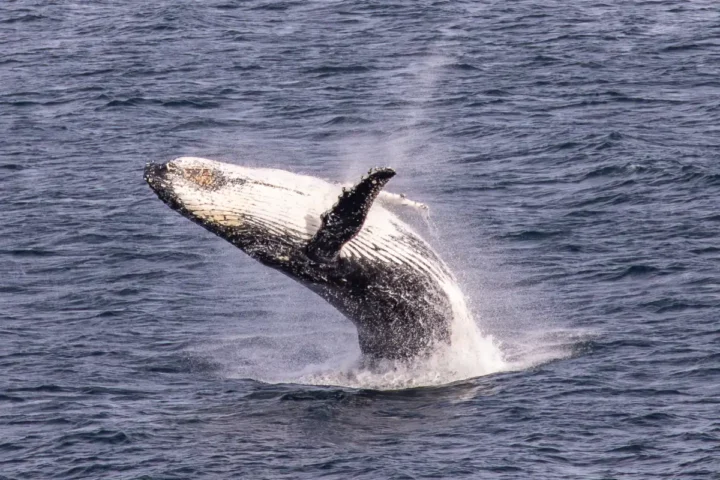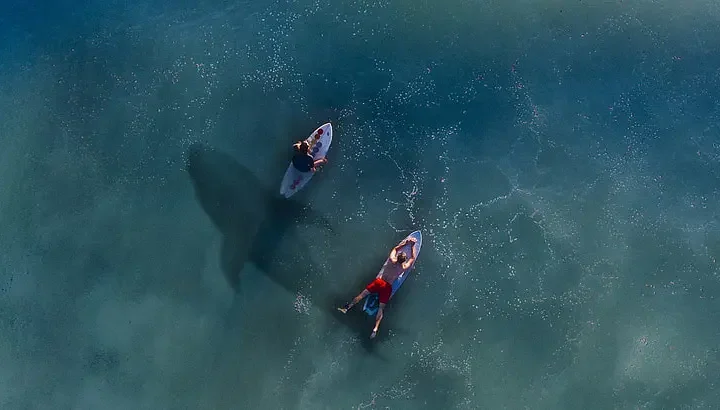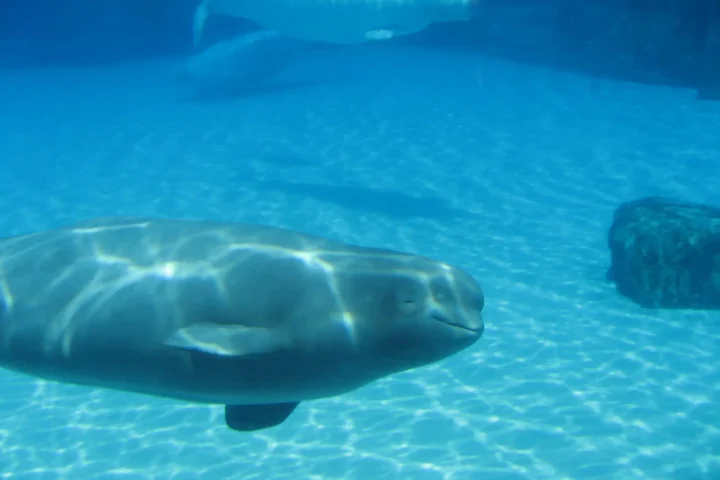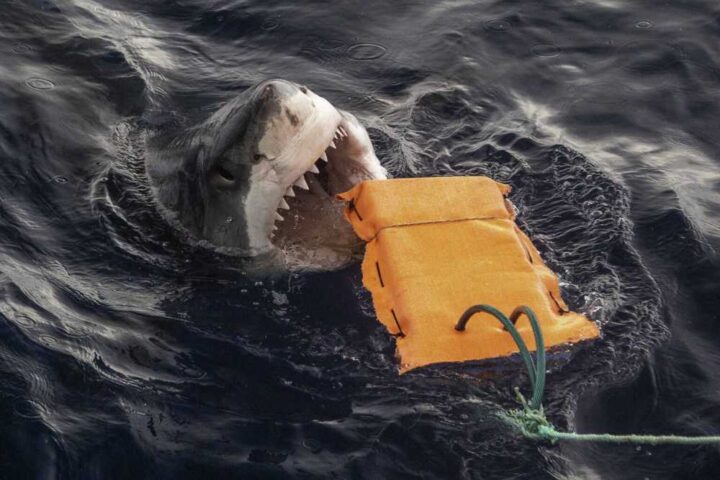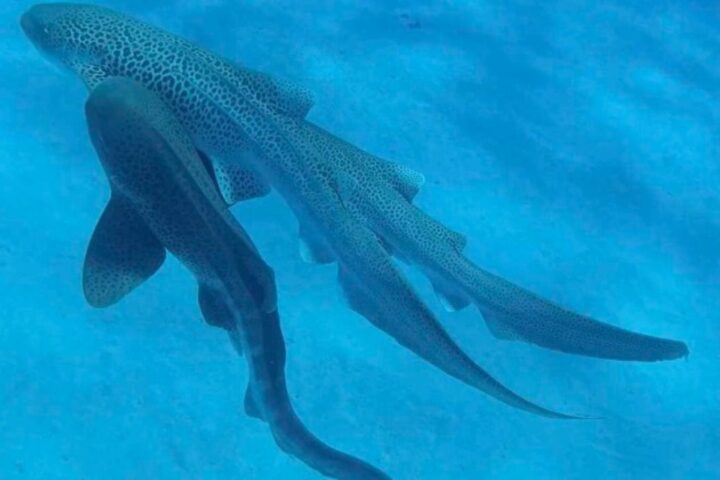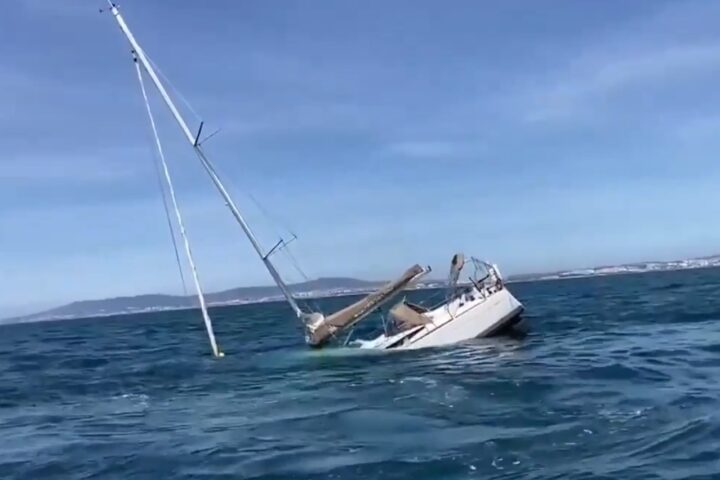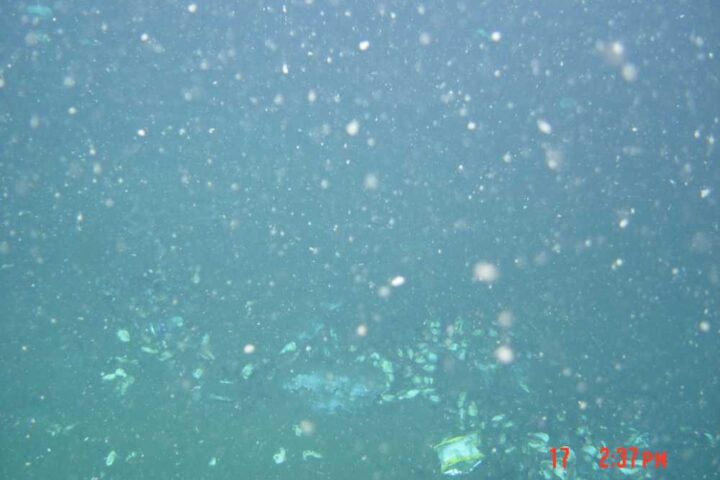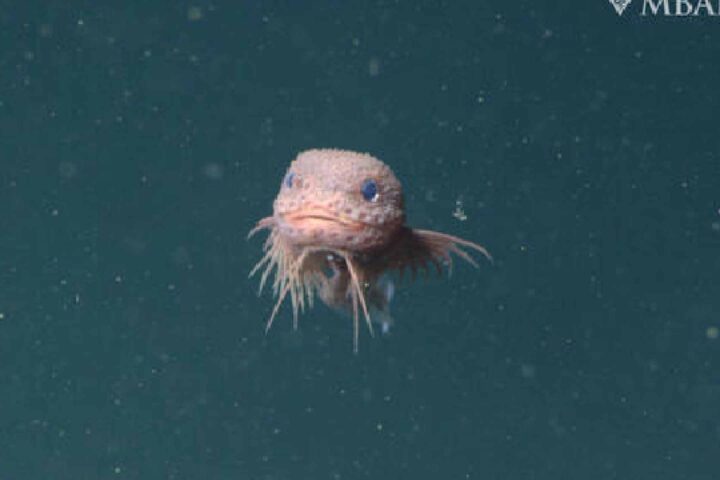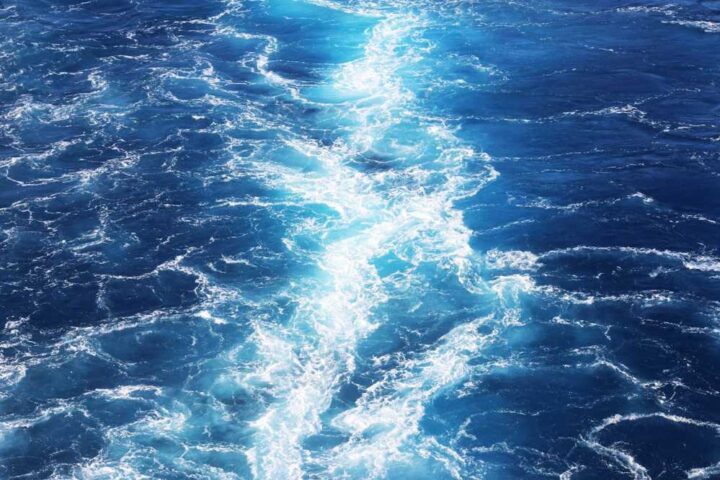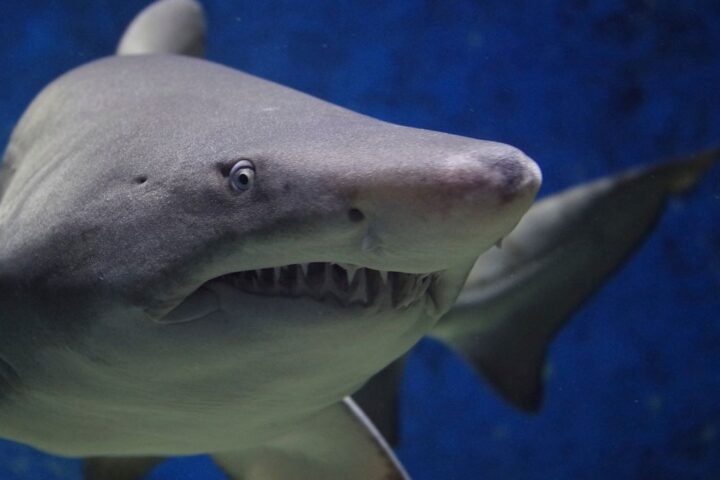The current weather mix of heat, rain, and calm winds has created favorable conditions for these deadly creatures. Eimeo Surf Life Saving Club president Cynthia Hegerty notes their unusual timing: “Usually, we don’t start catching box jellyfish of decent size until the end of January, mid-February. This year I feel that we’re getting them a little bit bigger, a little bit earlier.”
This threat has already impacted lives. The Mackay region’s hospitals have treated 21 people for marine stings since November. These cases include one box jellyfish sting, seven from the tiny but venomous Irukandji, and thirteen from other jellyfish species. The risk is particularly serious at Eimeo Beach, where a 14-year-old boy lost his life to a box jellyfish sting in 2022.
Beach safety has become more complex as different areas face varying risks. While Mackay deals with rising jellyfish numbers, coastal areas further north tell a different story. Professor Jamie Seymour from James Cook University reports a striking absence of jellyfish between Mission Beach and Cooktown. This unusual situation stems from Tropical Cyclone Jasper’s December impact, which disrupted breeding patterns in creek habitats. “As a result, we have had no juvenile jellyfish, and no juvenile jellyfish means no adults—so no breeding season,” Seymour explains. “It will take at least two years for numbers to recover.”
The threat extends beyond swimming spots. Lifeguard Katelyn Masters discovered box jellyfish during routine stinger checks. She points out a dangerous trend of people seeking quieter spots away from patrolled areas. “They find coves, which is kind of where the jellies sit,” she warns. These venomous creatures can be found even in shallow waters.
Similar Posts
Despite placing warning signs and closing beaches, safety remains a challenge. Senior lifeguard Jon Murray describes a recurring problem: “If the beaches are closed, we will have four or five signs in the 50m area but then the guard the next day will rock up and 10-people will be in the water.”
Public health medical officer Dr. Allison Hempenstall stresses the importance of protection: “If you don’t have a protective suit and you know there could be stingers or jellyfish in the water, just don’t go in.” She emphasizes that quick response to stings saves lives, noting that “early resuscitation after major stings from box jellies has saved lives in the past few years.”
The Australian box jellyfish delivers an immediately and excruciatingly painful sting that should be considered life threatening. A major Chironex sting requires immediate medical attention. The current situation shows how changing weather patterns can affect marine risks, making standard safety precautions more crucial than ever.
Beach visitors need to understand three key points: always check current warnings, wear protective clothing when swimming, and stick to patrolled areas. These simple steps make the difference between a safe beach visit and a potentially deadly encounter with one of Australia’s most dangerous marine creatures.
